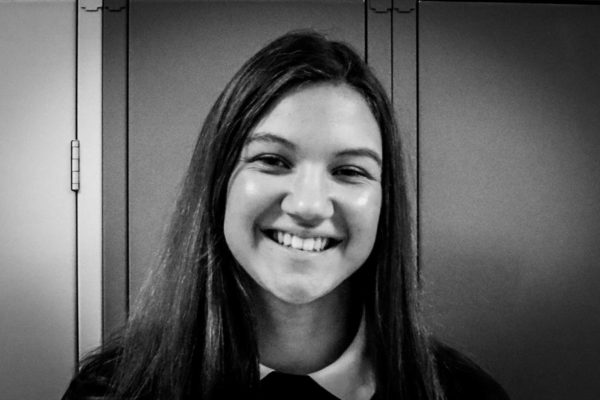Iron Dance’s nine-member group looks poised to return to form this season after failing to place in all of the team’s competitions under head coach Miss Eva Newland last season.
Mrs. Regina Davis helms the program this year, the team’s third head coach in three seasons, looking to add innovation on the floor while maintaining team tradition.
Ahead of the team’s competitive season, four-year Iron Dance member Macy Frank said Davis’s hip-hop and contemporary expertise has helped the team—which is accustomed to classic lyrical dancing—expand its horizons.
Davis “brings a new style to Iron Dance that we definitely didn’t have,” Frank said.
Davis, who teaches and choreographs for local studios, said that this year’s lyrical routine is “more hard-hitting, steering a little bit into that contemporary aspect.”
The team’s music selection—Whilk & Misky and Marian Hill’s “Rain Dance”—is also more modern this season, as the track features more heavy bass and percussive electronics than past songs.
“It’s got a lot of crashes and intense, big changes as it goes through,” Davis said, “so I think the girls get to experience a little bit more intensity this year.”
More intensity than Elvis, Banners or Lauren Daigle’s songs offered the last three seasons.
But the style shift, Frank said, has come alongside efforts to maintain tradition, a focal point after last year’s abrupt changes.
Under Newland, Iron Dance saw the addition of football performances, a new practice schedule and a focus on IHSA competitions over the Illinois Drill Team Association—the circuit where Iron Dance has historically seen the most success.
Those changes were difficult for Frank and the rest of the team, the senior said.
“It changed the morale of the team for a little bit,” Frank said.
Davis’s hire saw the program scale back–no Friday night football games and a more accommodating practice schedule.
Why scale back? For the program to take a step forward.
Success, Frank said, seems “much more achievable” this season.
Frank credits Davis’s collaborative spirit with helping Iron Dance prepare to succeed.
This year, Davis has called upon former Iron Dance coach Mrs. Mindy Ewalt and Iron Dance’s veteran members for input.
Ewalt, prior to stepping down as dance coach in 2022, led the team to three consecutive IDTA Hip-Hop State titles from 2019-21.
In 2022, Ewalt’s team made school history on the IHSA State stage and qualified for finals at NDA Nationals.
Davis has relied on Ewalt’s nearly two decades of coaching expertise, asking “for advice and mentorship,” Frank said, “and it’s proven to be very effective.”
Ewalt’s critiques and feedback at practice combined with Davis’s own experience as an IDTA competitor on the Bloomington High School dance team, Frank said, have resulted in a routine that is “stylistically matching the guidelines of IHSA and IDTA much better” than last year’s.
That’s also thanks to choreographic collaboration from the dancers themselves—who Davis said are “very, very skilled dancers even outside of what they do for IDTA and IHSA.”
“It can be difficult to have a lot of cooks in the kitchen,” Davis said, “but they share very different ideas that have come to life and made something so much better.”
After hiring a guest choreographer last season, this year’s choreography—primarily done by Davis and team veterans Abigail Noonan and Peyton Tomlinson—marks a return to the strategy that took past teams to the IDTA State podium.
“We’re bringing the normal traditions back to the way we had our first two years on the team,” Allen-Walls said.
But this year, Davis has the advantage of inheriting a roster that is smaller and more close-knit than it was in previous seasons: All nine members have competed with Iron Dance in the past.
The team’s size and familiarity have allowed its members to “connect better,” Tomlinson said: an advantage in a sport where “emotional connection” is an explicit criterion on judges’ score sheets.
Frank said a small team is better off the floor too, providing deeper and more diverse relationships than she experienced when the team numbered 18 two years ago.
“I’m really close with the [underclassmen],” Frank said. “As an [underclassman] my sophomore year with 18, I was never close with the upperclassmen.”
From a coaching standpoint, Davis said, a small team means “more centralized time to work with individual dancers to build up their repertoire of different movements they can do or different tricks we can incorporate.”
But staging so few dancers, Davis said, also poses challenges.
The IDTA and IHSA scoring rubrics value difficulty—not just through the skills dancers execute, but through the complexity of a routine’s formations and transitions. The design category of the IDTA score sheet focuses heavily on staging, which Davis said can be more effective with more dancers.
“The more you have,” Davis said, “more artistic elements you can have on the floor. There’s so many more ripples or cannons… that’s just going to add difficulty.”
Judges frequently comment on how well teams fill up the “stage”—a standard basketball court—during the performance, and “it’s harder to get across the stage,” Frank said, with so few people.
The team’s half-time performances at home basketball games provide a chance to practice staging—a vital opportunity with other winter sports occupying the court during most after-school practices.
At games, Noonan said, “we have the gym so we know exactly where to hit on the floor before we enter the competition.”
The experience of performing in front of a crowd also helps simulate the high-stakes competition environment.
When Iron Dance performed for the first time this season at Dec. 15’s boys basketball game with a hip-hop routine, Davis said the team was “flustered with excitement.”
“It’s the first time they’re able to really put on their face the whole time,” Davis said of the facial expressions demanded in dance, “and deal with those nervous jitters right before.”
The team’s next performance, Jan. 5’s home basketball game against Champaign Central, will prove especially useful for combating jitters: The team heads to the Charleston Invite the following day for the first competition of the season.
While the team aims to qualify for IDTA State with its performance, Tomlinson said the first competition is chiefly diagnostic.
“A big goal is to just get our scores and see what we need to fix for next time,” Tomlinson said.
From there, the team makes revisions in pursuit of the IDTA State podium and a potential IHSA State qualification at Sectionals on Jan. 20.
Although the team size is abnormally small for 3A—the competitive division for the most populous schools in IHSA Dance, including Community—Noonan said a State qualification is not out of the question this season.
“I believe that if we hit everything that should be hit,” Noonan said, “we could make the top six”—the Sectionals placement needed to advance to State.
But Iron Dance’s biggest goals this season don’t involve a competition result.
Following so many changes to the dance program, Frank said, she is “just looking to make sure that this year is fun and enjoyable.”
Davis said the quality of the Iron Dance’s routine and experiences, not a ranking relative to other teams, will be most important at the end of the season.
“I want us all to be able to look back at the routine and be like, ‘I loved that routine. I loved our costume. I loved the song. I loved my teammates.’”

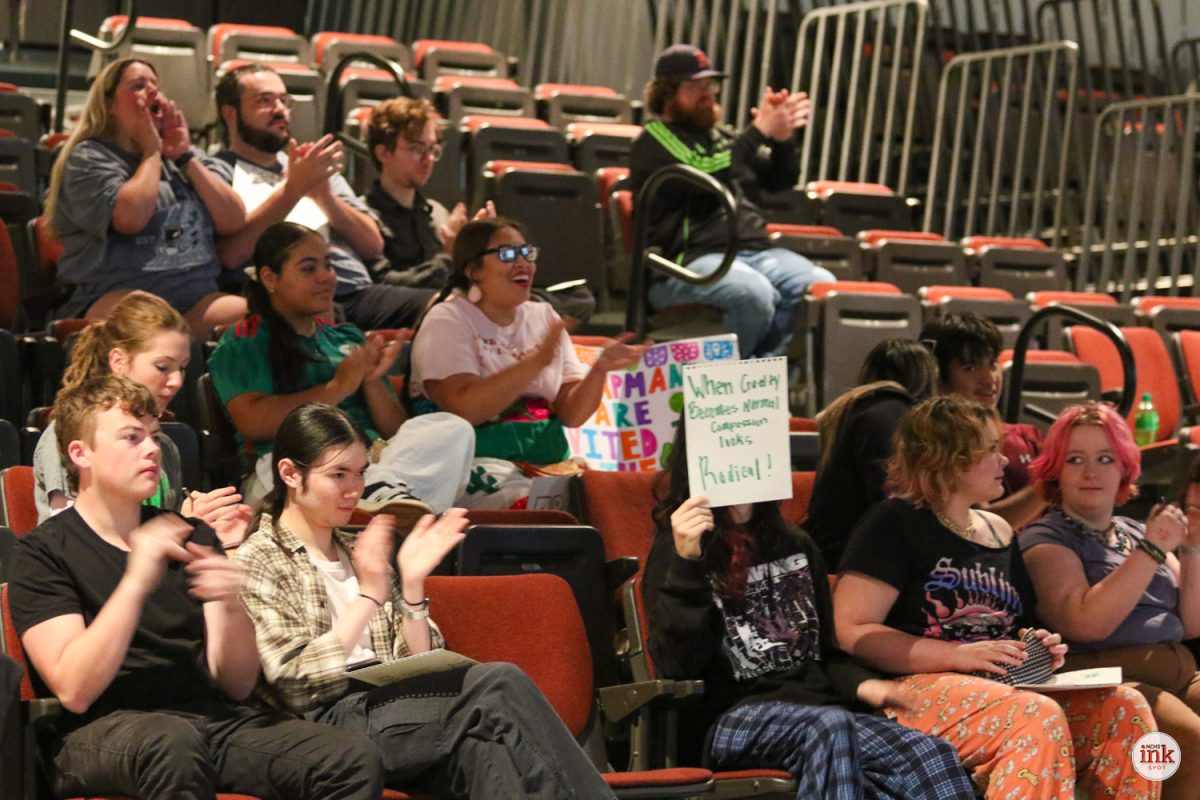

![Community honors longtime coach Mr. Bryan Thomas before Oct. 3 game [photo gallery]](https://nchsinkspot.com/wp-content/uploads/2025/10/Thomas-6-1200x1200.jpg)

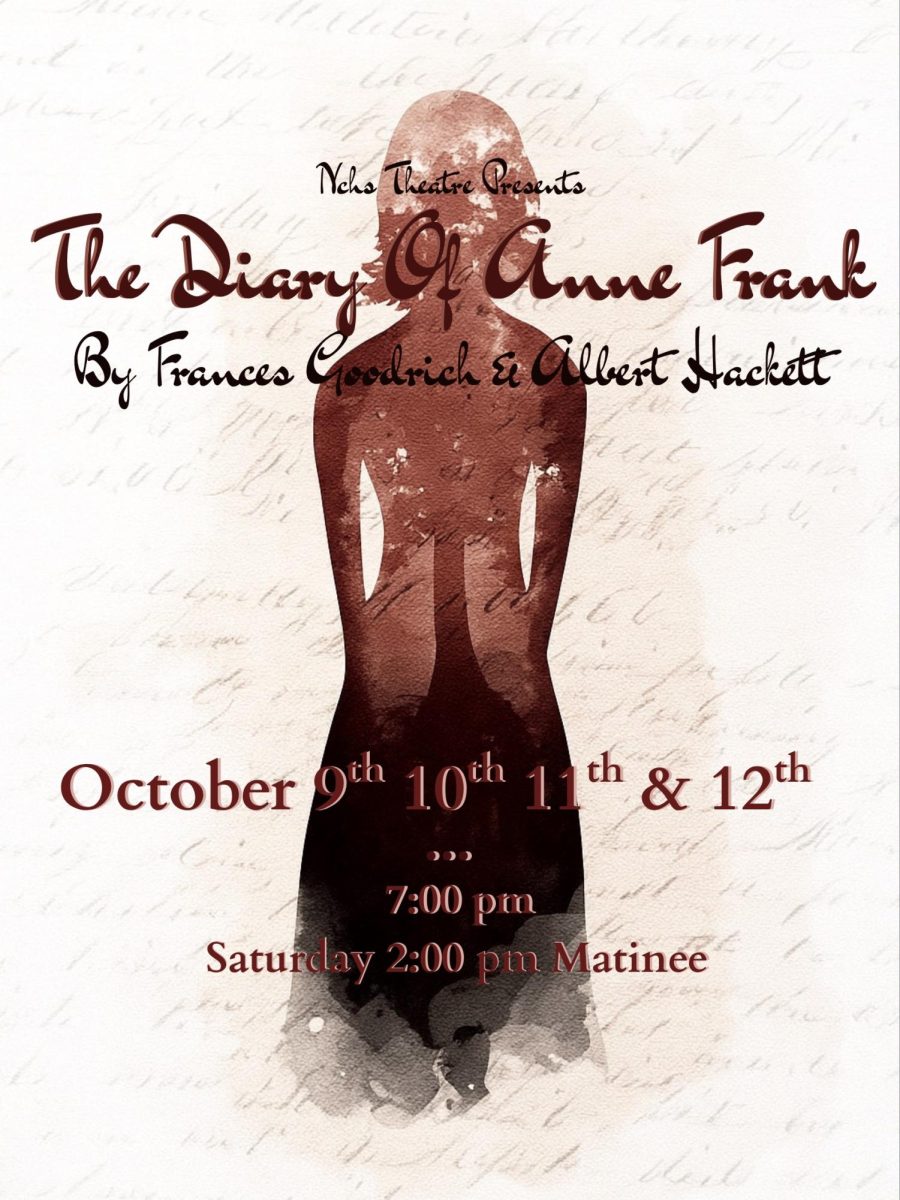







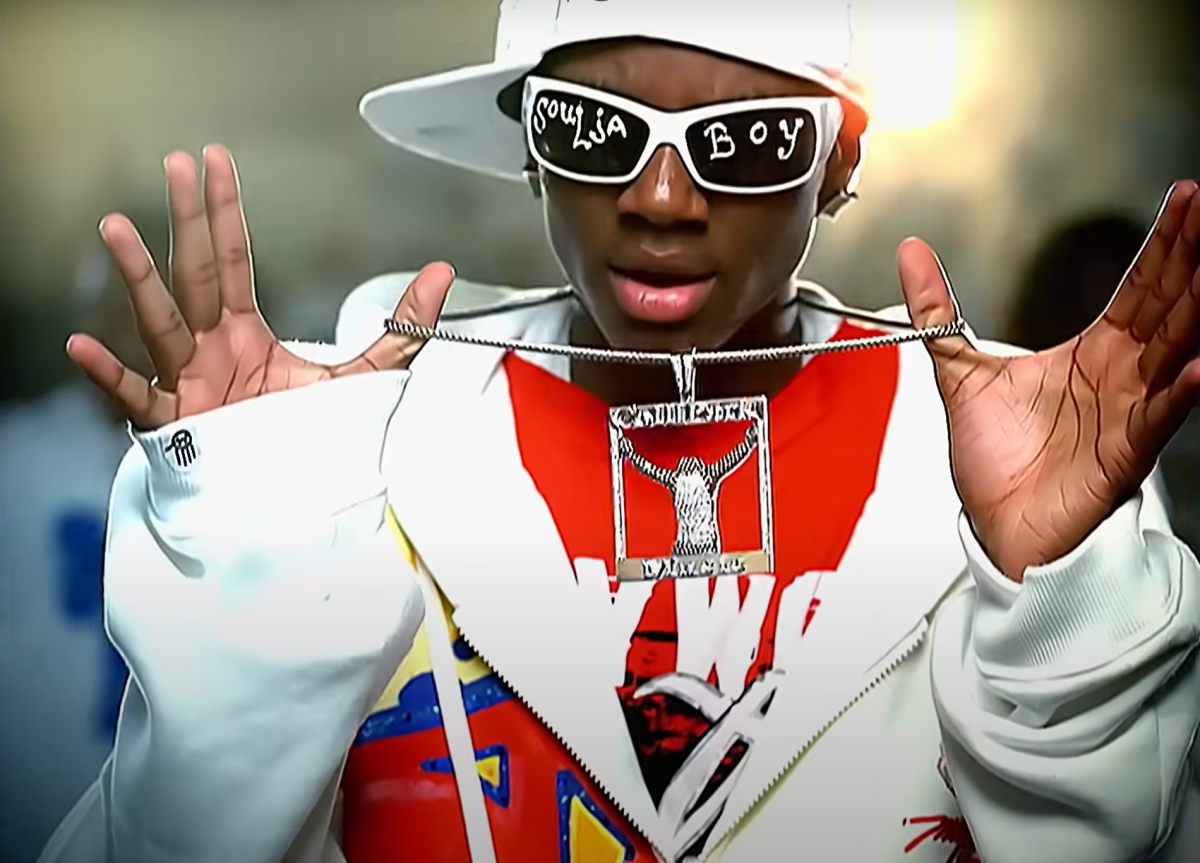
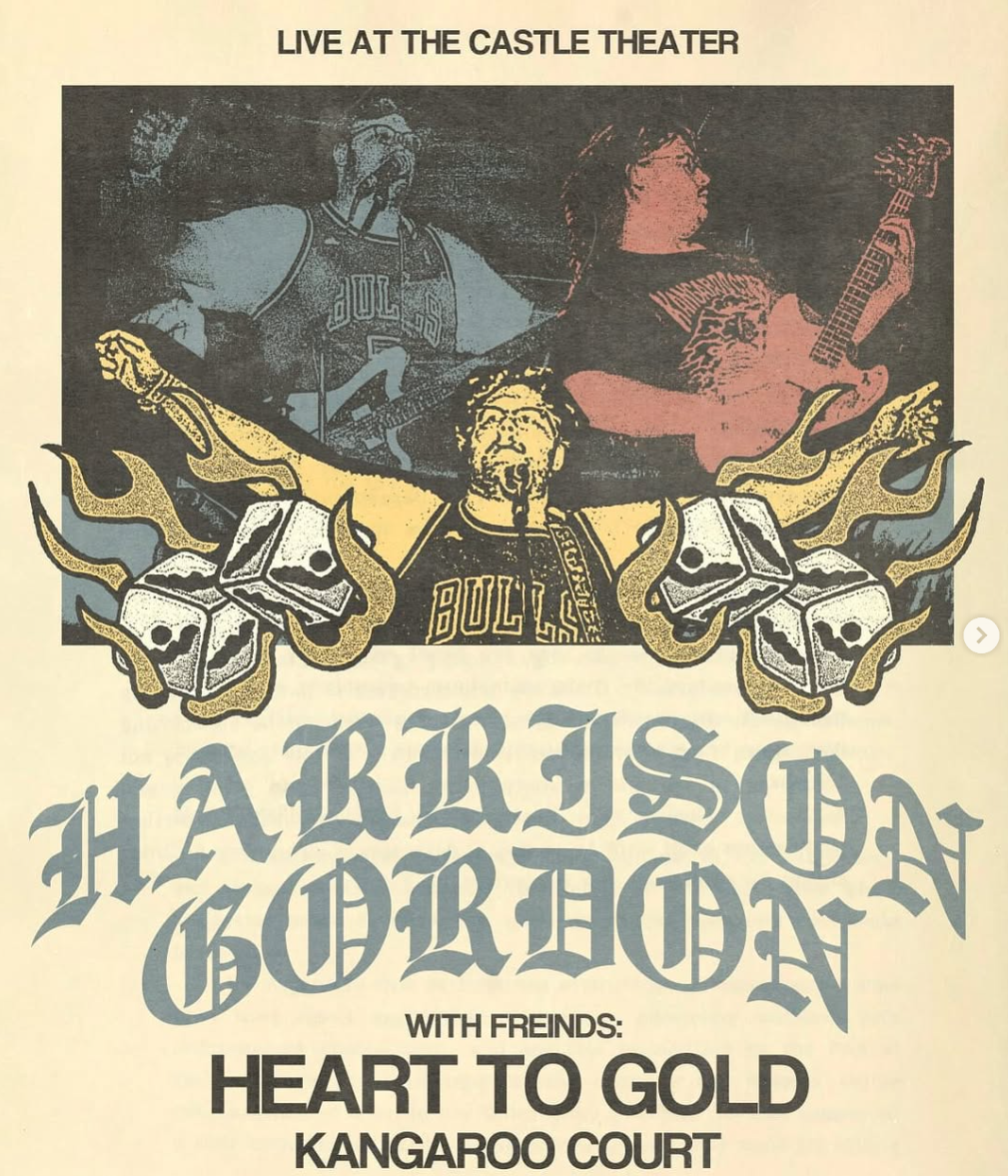







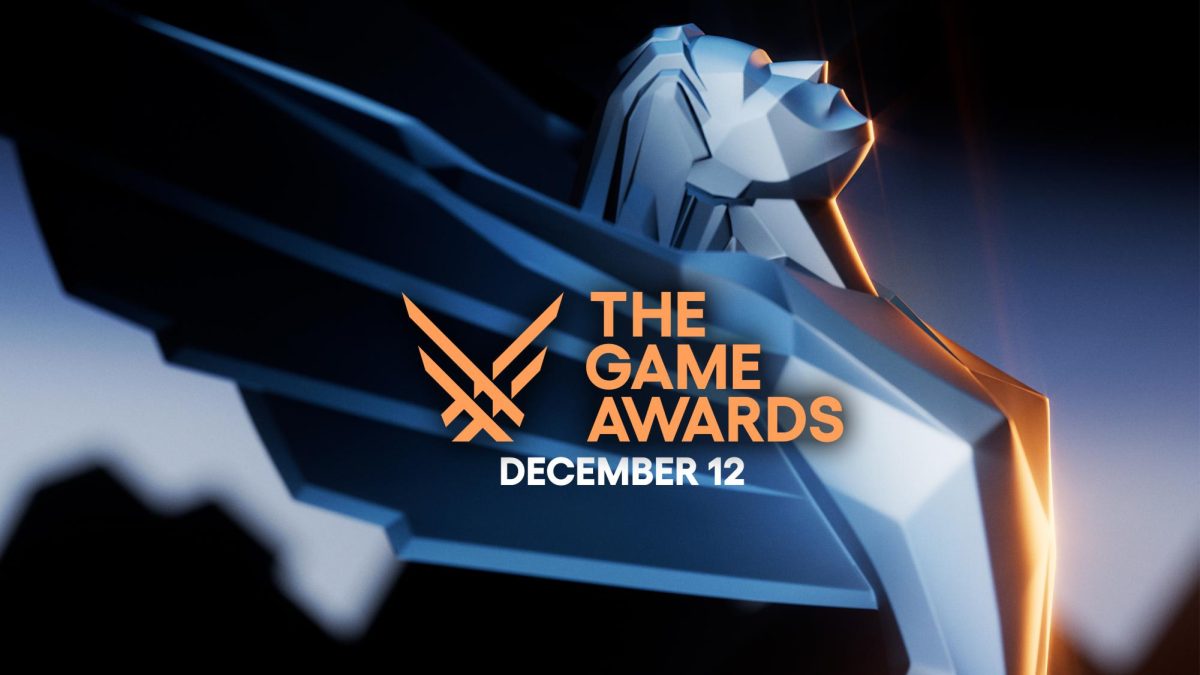
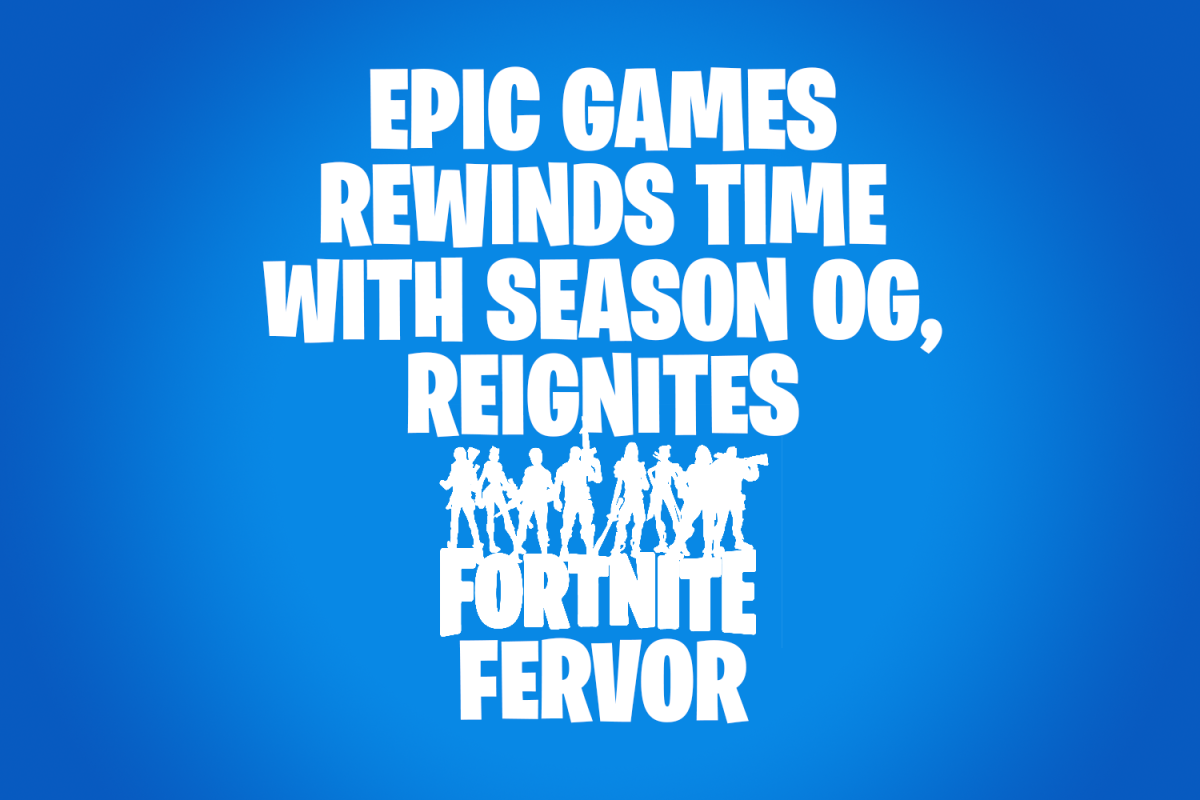
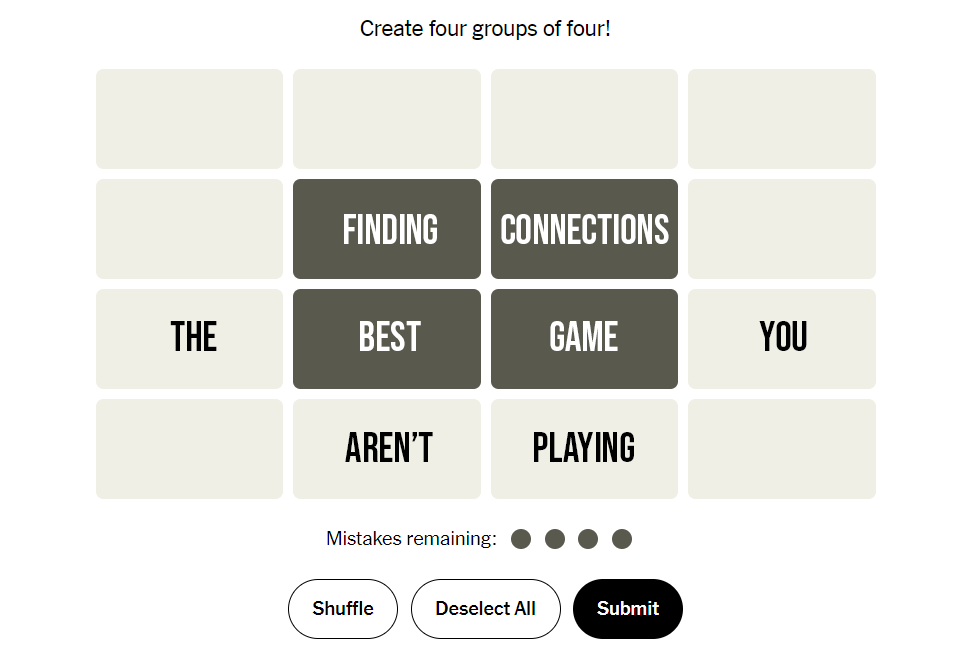

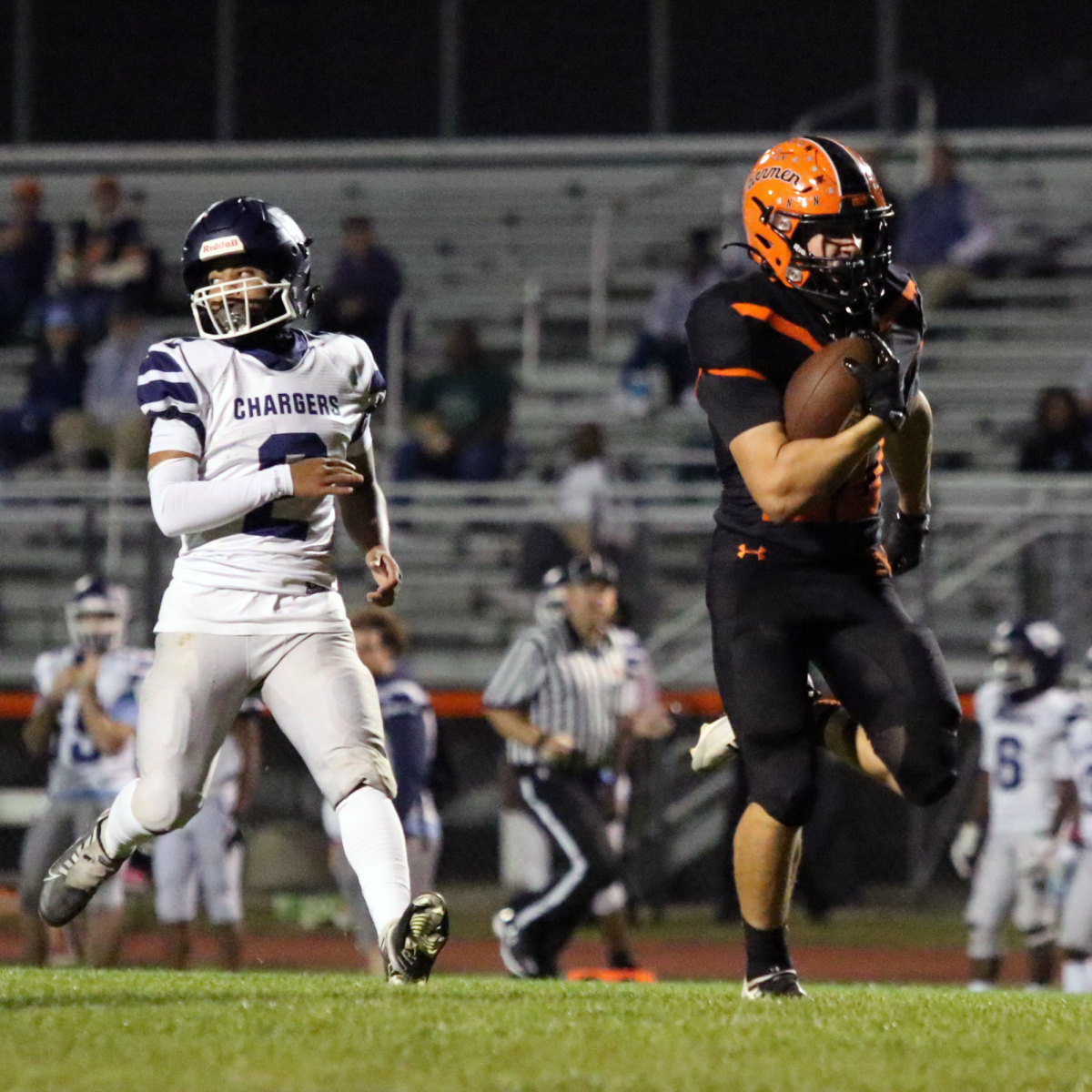
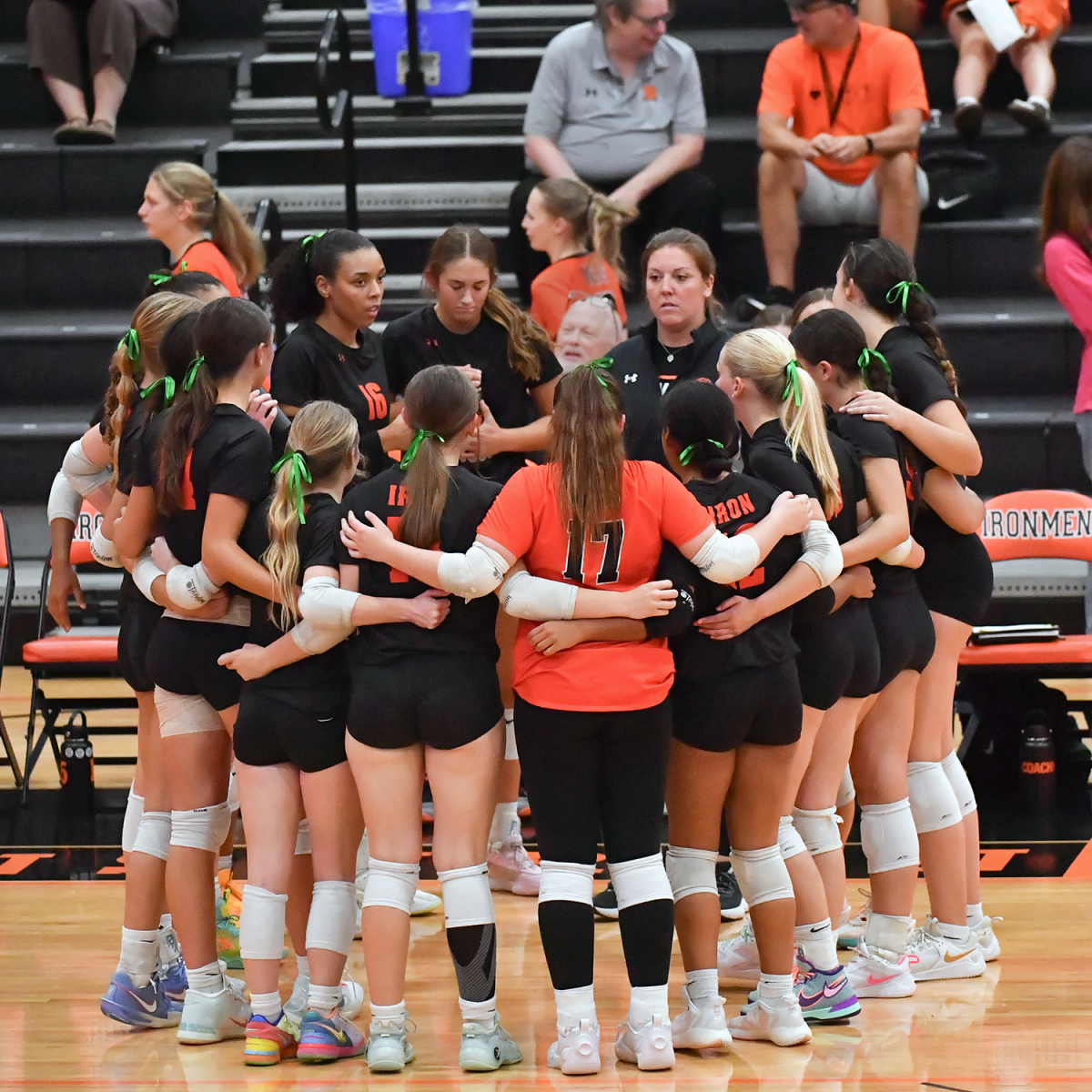
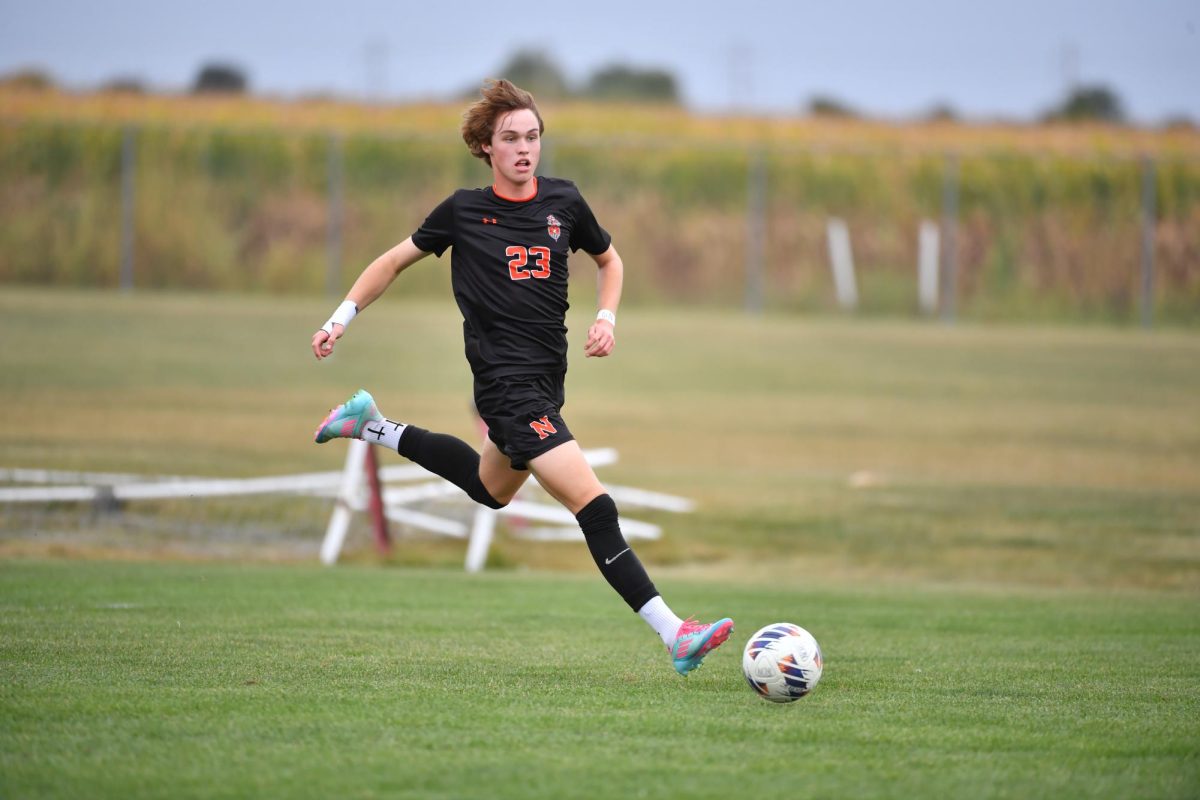
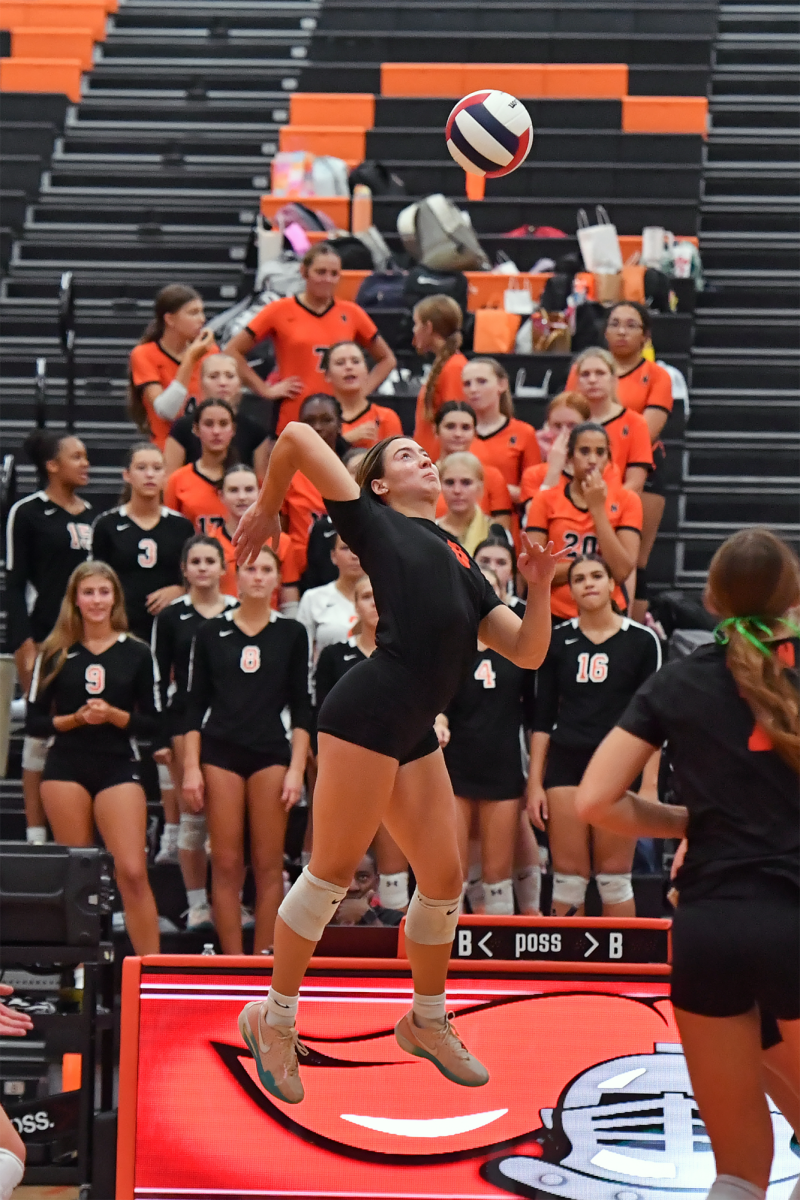
![Ironmen volleball head coach Ms. Christine Konopasek recorded her 400th career victory Oct. 21 as the Ironmen closed their regular season with a 2-0 sweep over Danville.
[Photo Illustration]](https://nchsinkspot.com/wp-content/uploads/2025/10/Vball400Thumb.png)

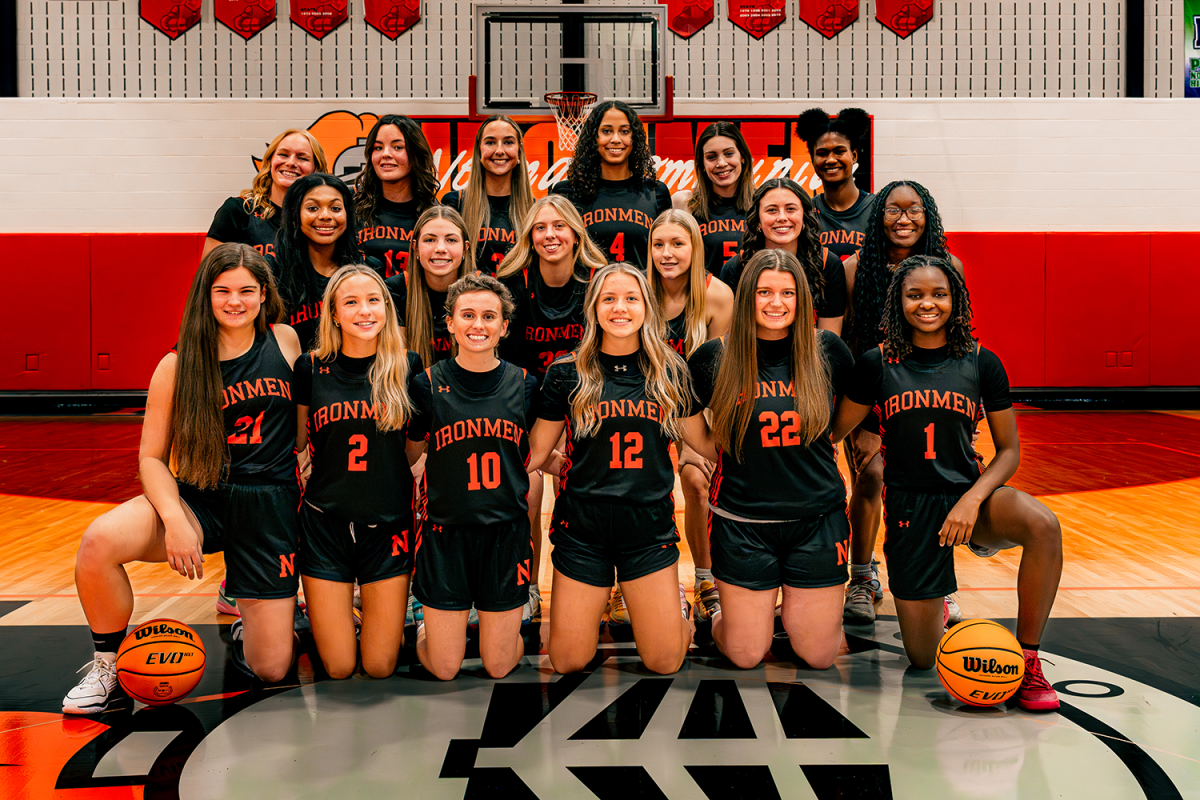
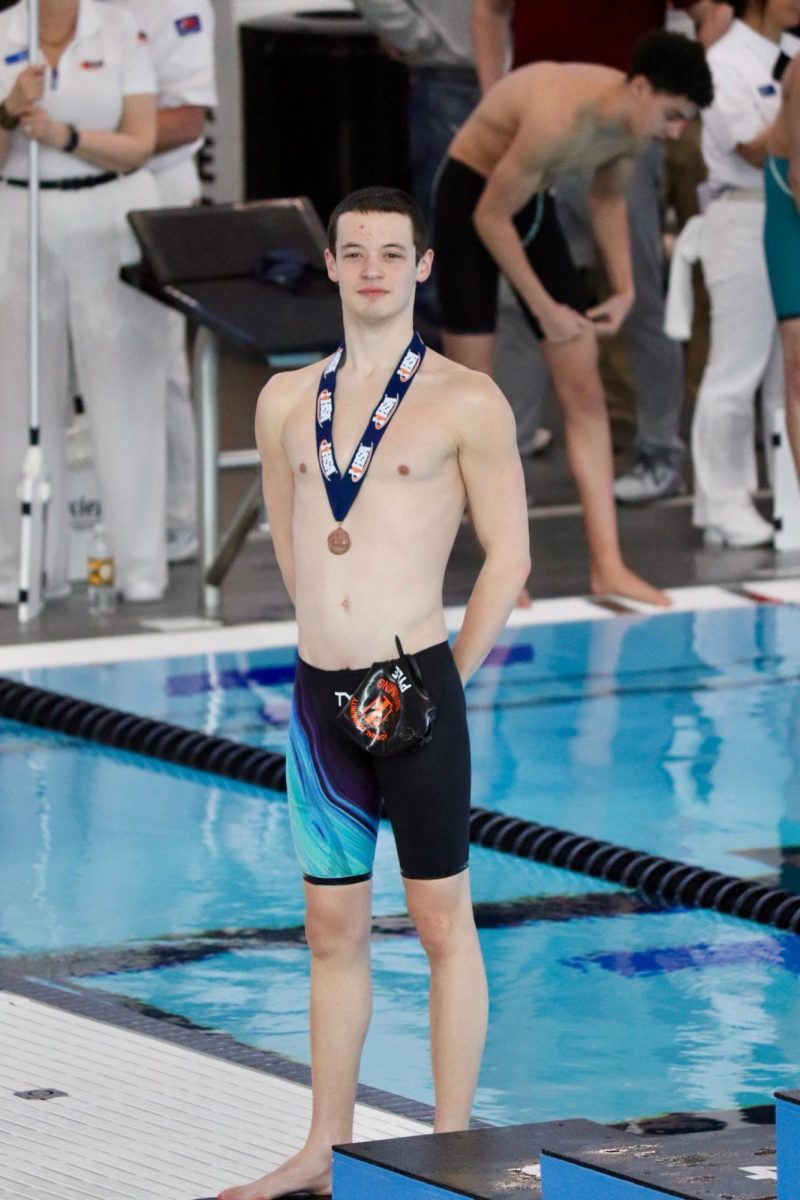

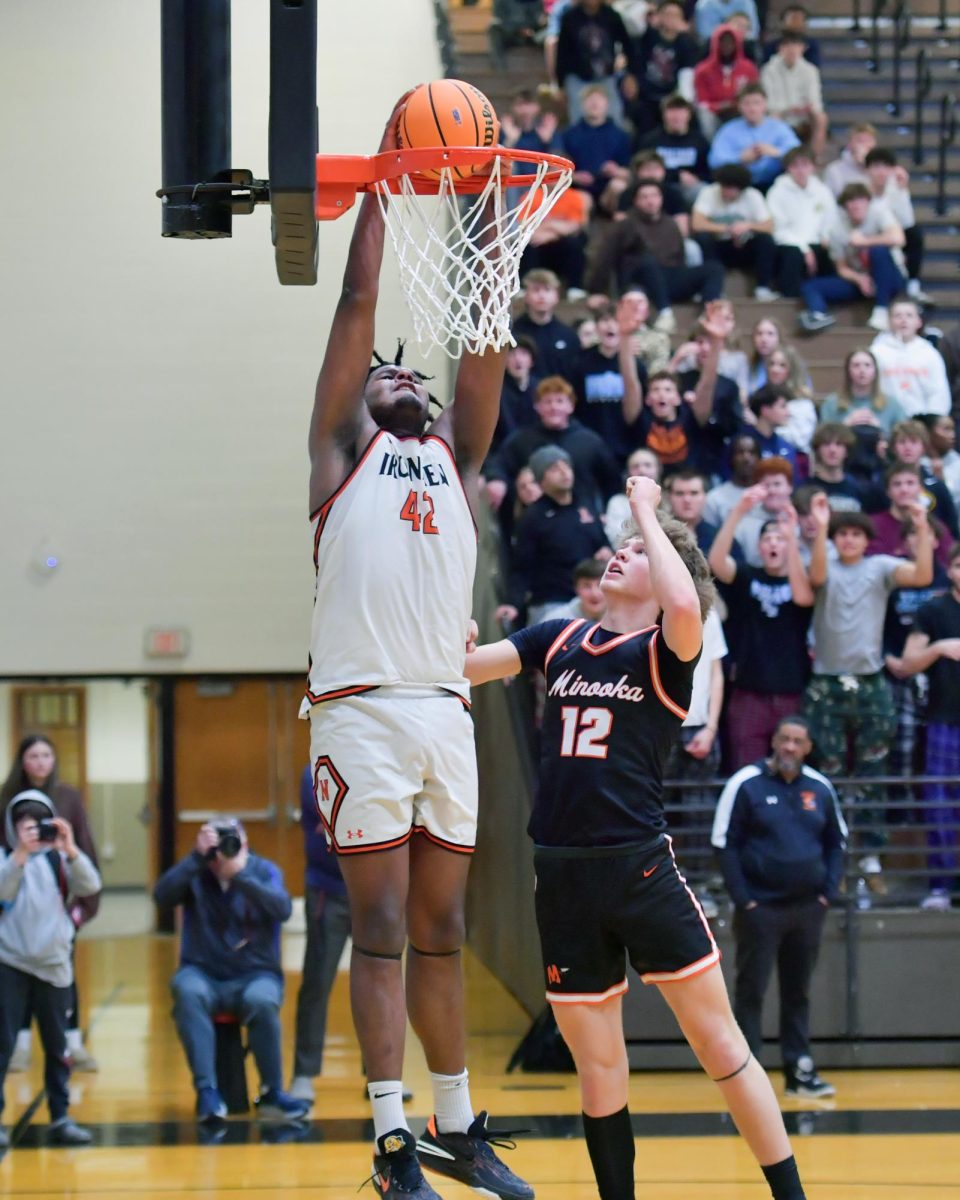
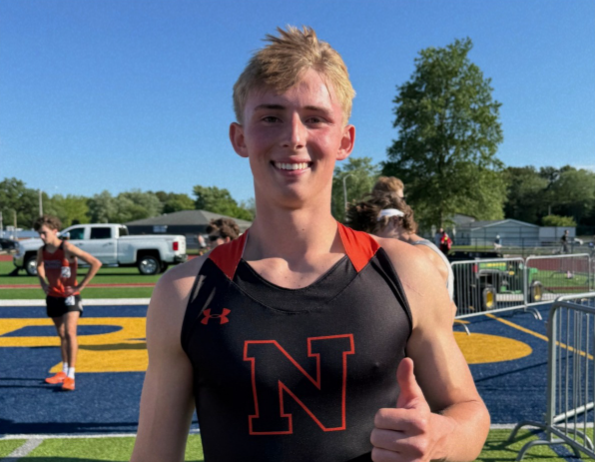
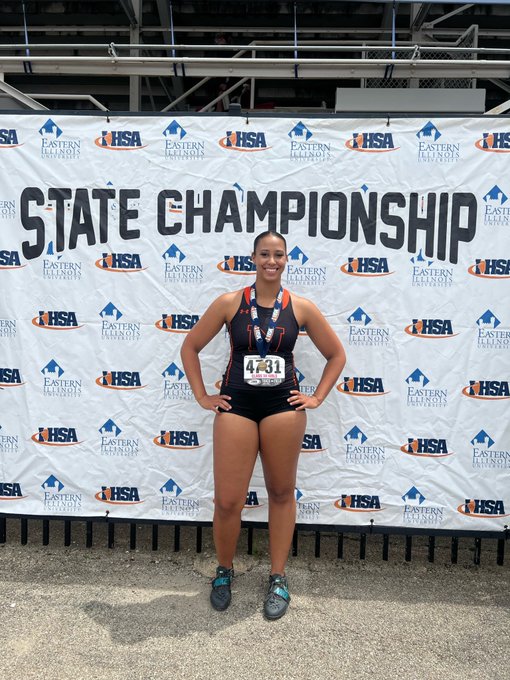
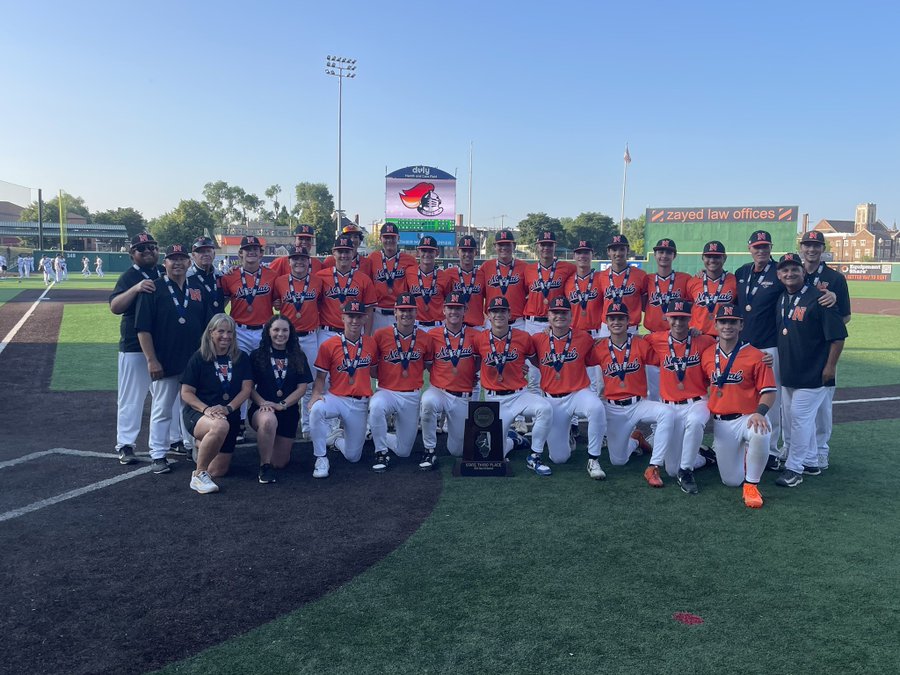

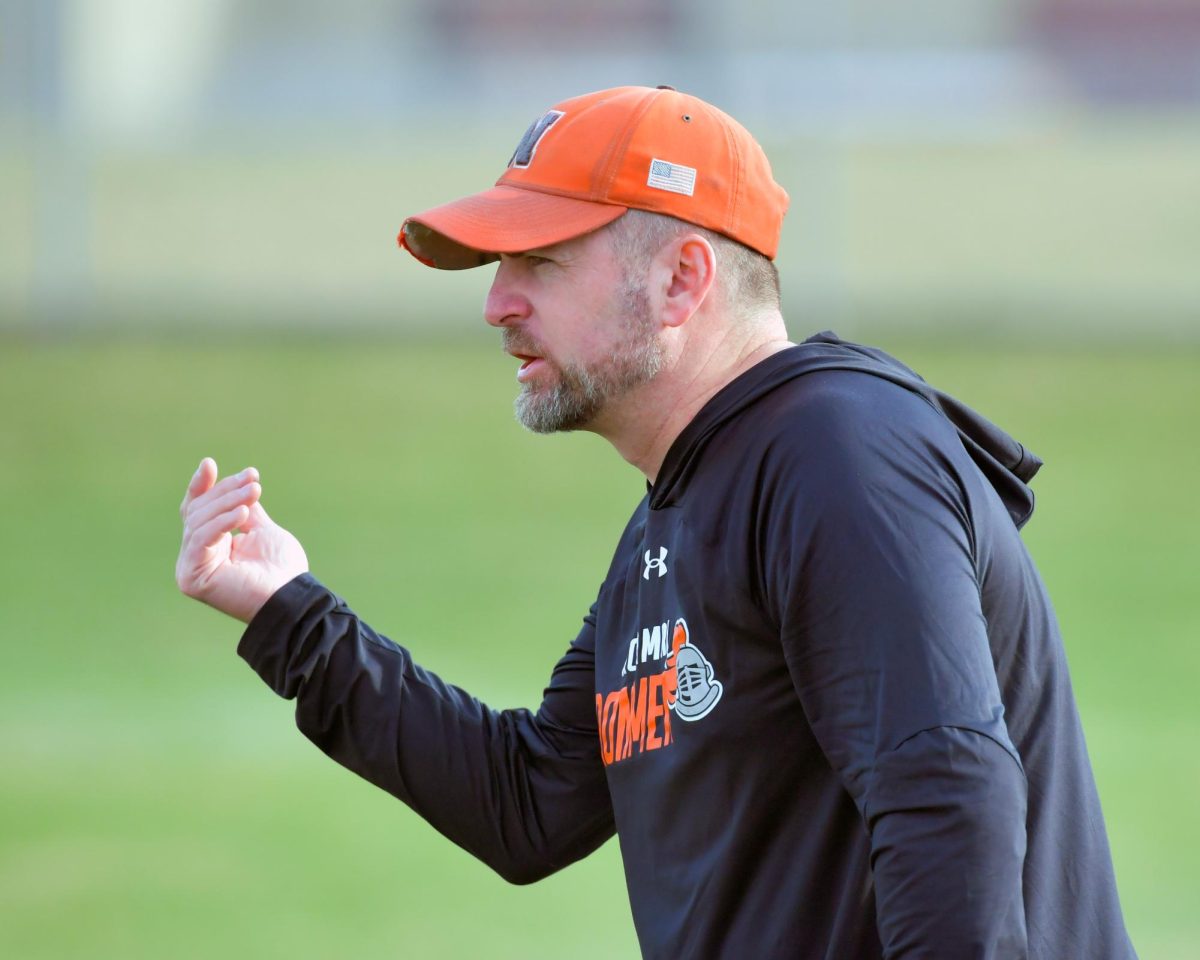

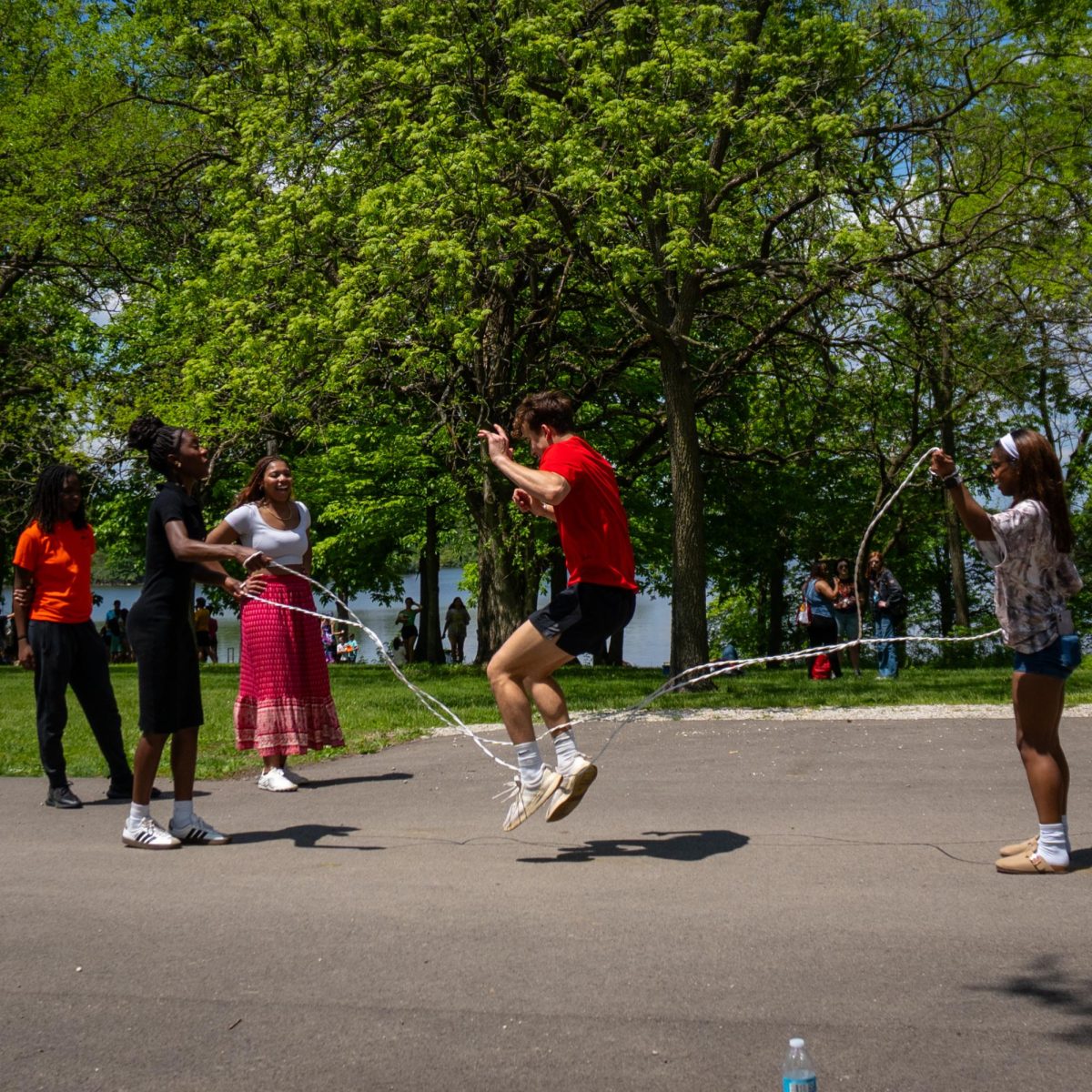
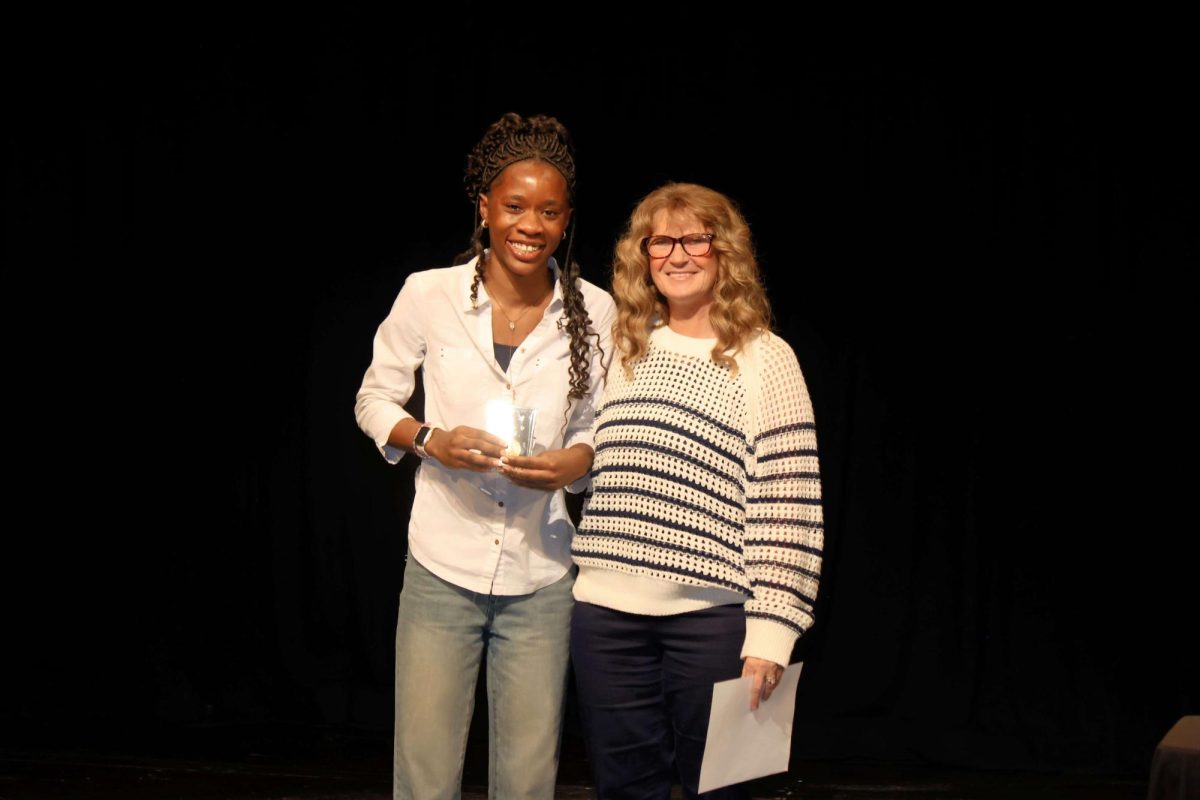

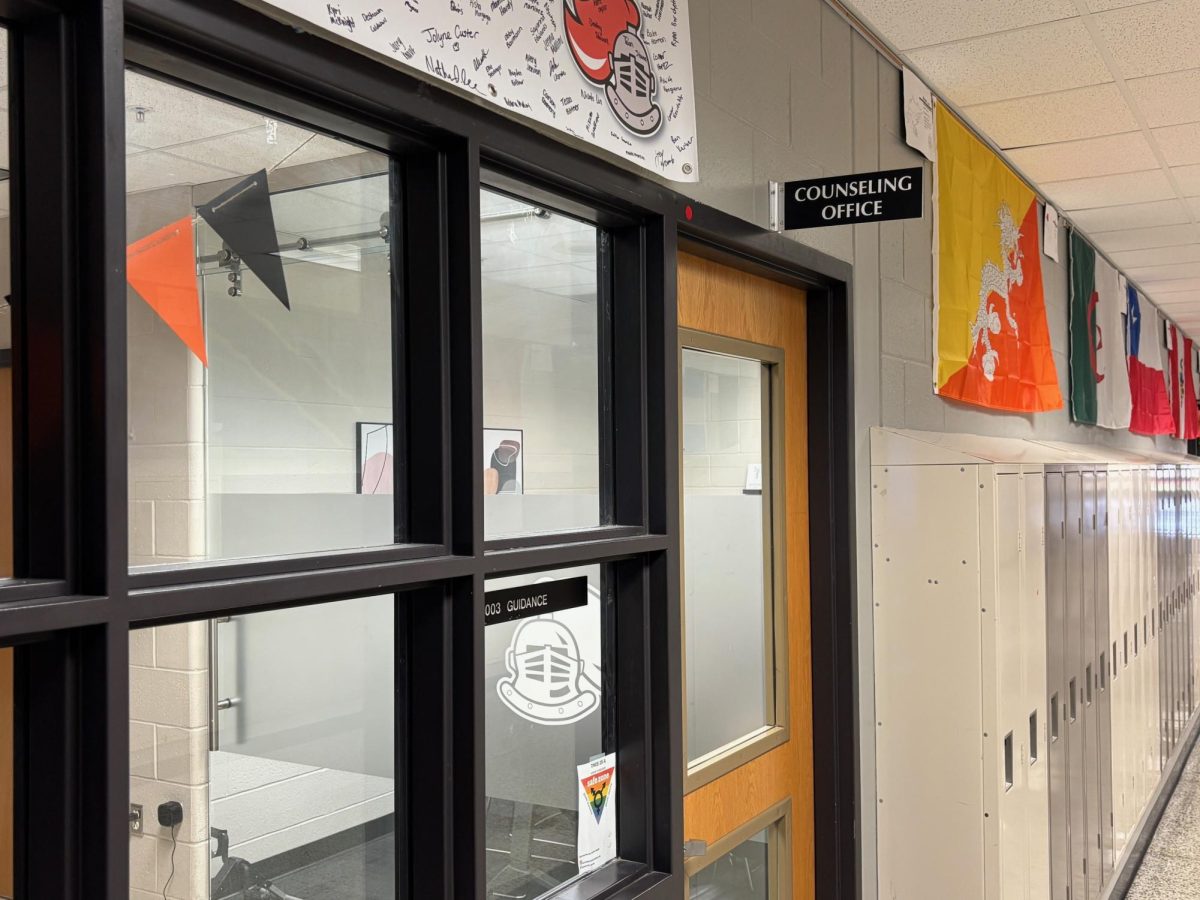
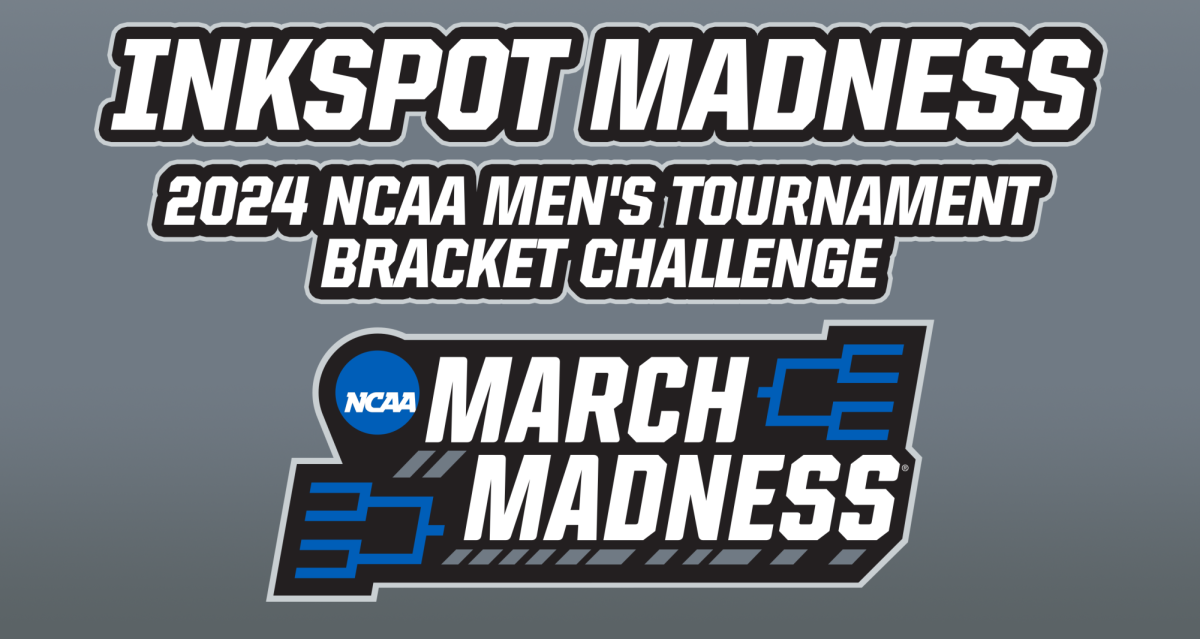
![Halloween candy cross section quiz [quiz]](https://nchsinkspot.com/wp-content/uploads/2022/10/Candy-cover-big-900x675.png)
![Average Jonah? [quiz]](https://nchsinkspot.com/wp-content/uploads/2022/05/average-jonah-900x600.png)

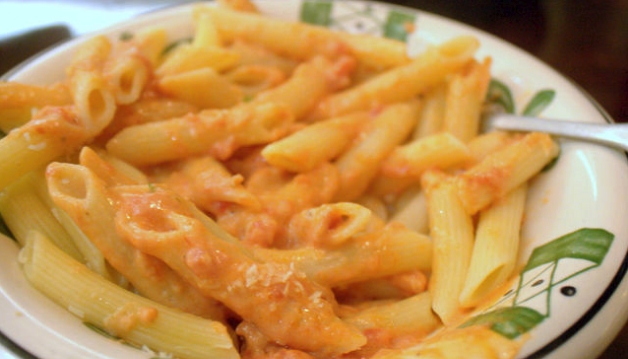
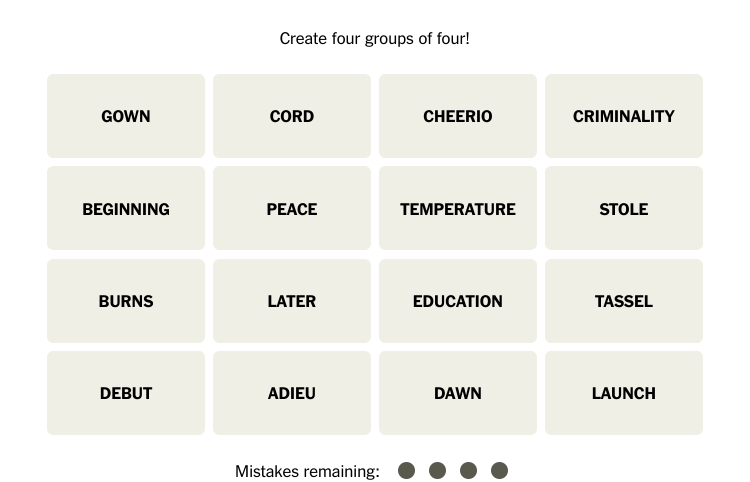
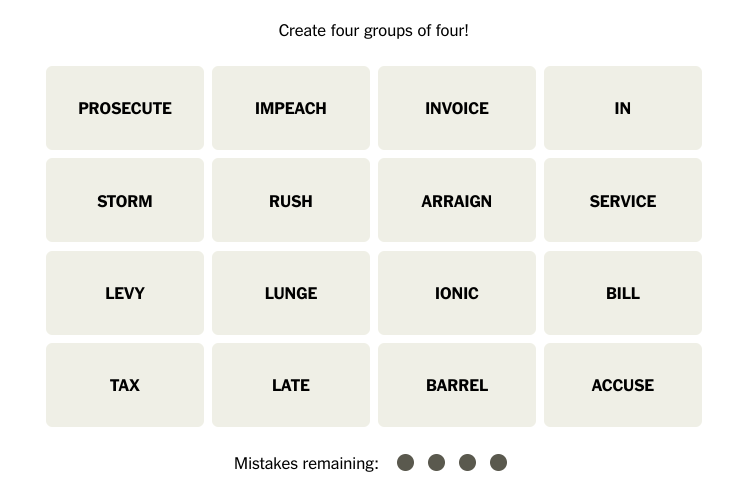
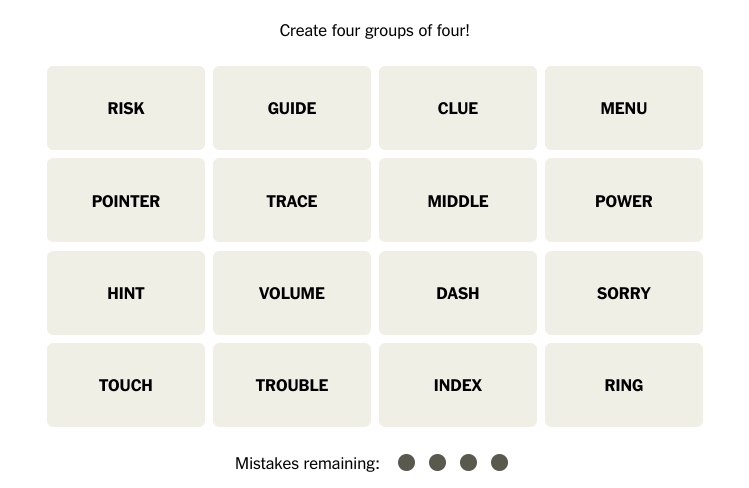
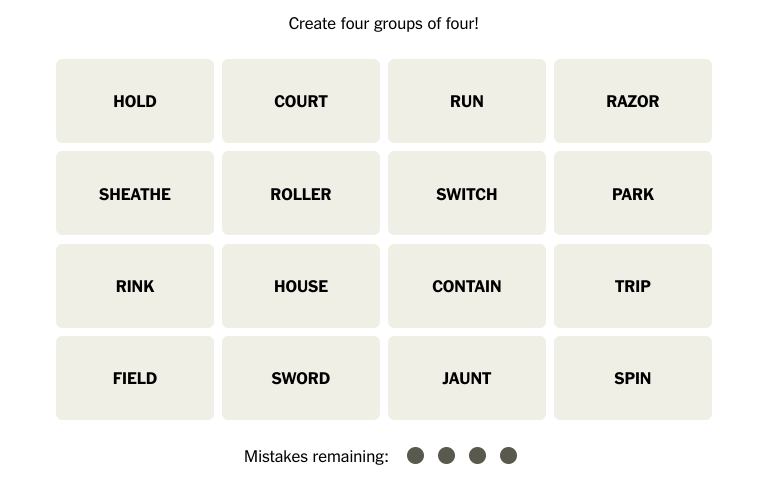

![[Photo Illustration]](https://nchsinkspot.com/wp-content/uploads/2025/09/trigger-words-1.png)










![Week 9: Coach Drengwitz on Week 8’s win, previewing Peoria High [video]](https://nchsinkspot.com/wp-content/uploads/2025/10/W9_PeoriaThumb.png)
![Postgame: Drengwitz on Community’s 56-6 win over Champaign Centennial; staying unbeaten in Big 12 [video]](https://nchsinkspot.com/wp-content/uploads/2025/10/10.17_FBwChampCent56-6_POST_thumb.png)
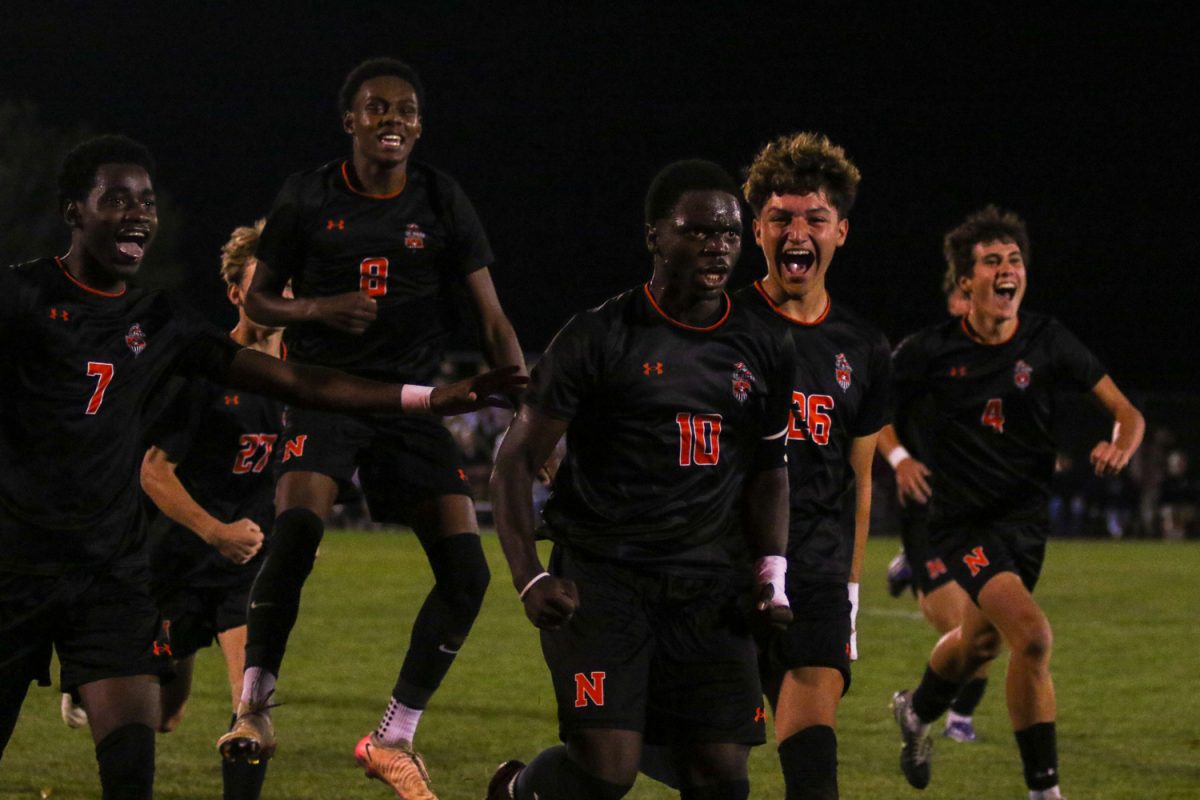

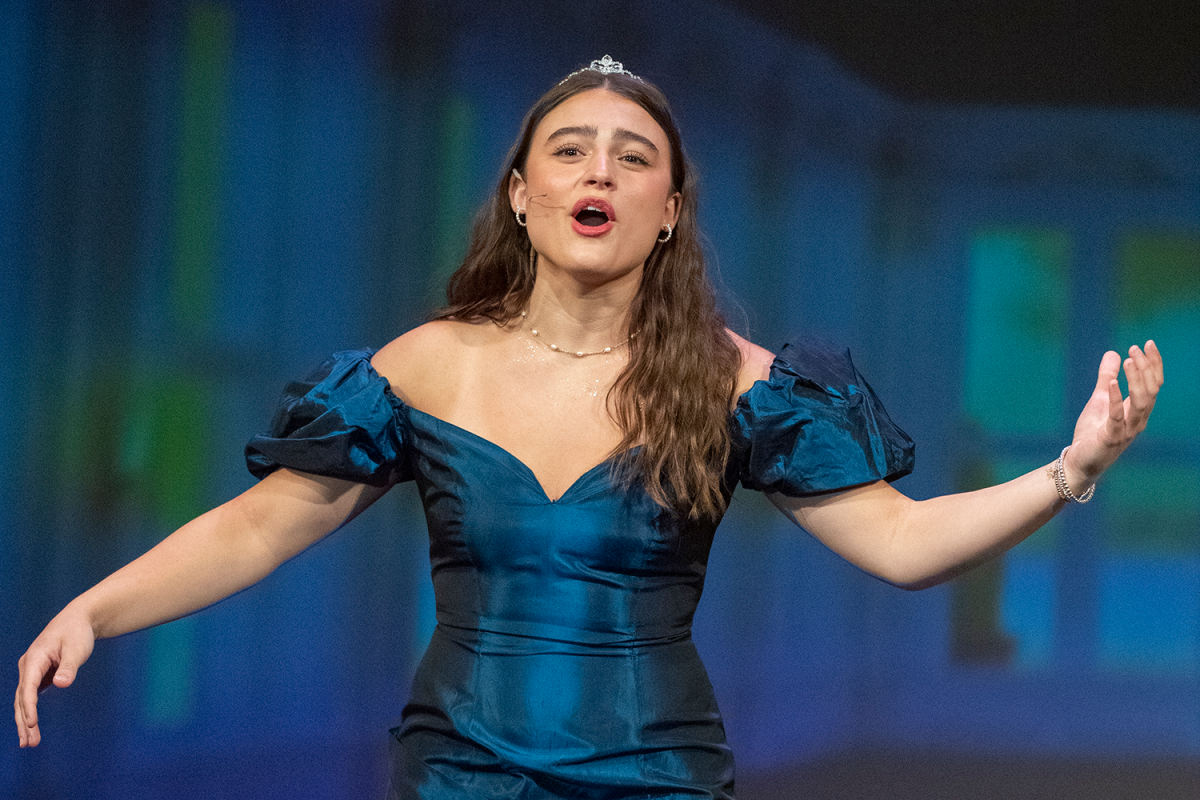




![Week 7: Coach Drengwitz recaps the Ironmen’s win over Bloomington, talks Danville [video]](https://nchsinkspot.com/wp-content/uploads/2025/10/Vikings-feature-Image-1200x675.png)
![On the Spot: This or That – Halloween [video]](https://nchsinkspot.com/wp-content/uploads/2024/10/tot-Halloween-YT-1200x675.png)
![On the Spot: This or That – Fall favorites [video]](https://nchsinkspot.com/wp-content/uploads/2024/10/ots-fall-web-1200x800.png)
![On the Spot – Teachers tested on 2023’s hottest words [video]](https://nchsinkspot.com/wp-content/uploads/2024/01/On-the-Spot-Teachers-tested-1200x675.png)








